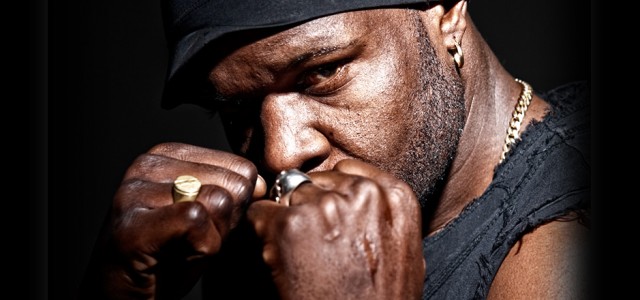Fights and video
IT’S 11:35 a.m. The first lunch period is ending. The noise erupts from lava lit tongues spewing insults. Two fiery female students are gravitating closer to one another. The flames are spreading like wildfire as their peers feed off the energetic chaos. This promises not to end in peace.
We are told as educators to never break up fights, because we could be hurt. That’s also a way of protecting the educational system from lawsuits. The fire is spreading, though.
Today, I’ve decided to be water.
“The fight didn’t disturb me. It was the fact that students pulled out phones to record a moment of self-destruction and violence. If we didn’t stop the fight, then the recordings would’ve landed on the Internet in seconds, a celebration of fights and video and the hate that connects them.”
There are at least 50 students entertaining the drama, because some people love conflict. Maybe it’s all the guns, violence, blood and death that help layer the foundation of the country we live in. There are no red lights to stop this traffic jam, just the flood of love and compassion overflowing from my heart. It’s a heart that doesn’t want to see anyone hurt—a heart that is an aquarium of hope that this can end peacefully.While parting the crowd like an ocean I notice some students have phones out recording the conflict instead of being peacemakers. Fights and video go together now, creating the fire that laughs and antagonizes the girls to clash. There is smoke, but thankfully, another student decides to be water and assists me in stopping the fire. The anger dances on their faces as they shout obscenities. Where does this fire come from? Where does the fire end?
Smart phones, fights and video
The fight didn’t disturb me. It was the fact that students pulled out phones to record a moment of self-destruction and violence. If we didn’t stop the fight, then the recordings would’ve landed on the Internet in seconds, a celebration of fights and video and the hate that connects them.
Access to that type of power is a beast. It is a power driven by a culture that promotes attention-seeking behaviors by counting ‘likes’ and ‘followers.’
When I was young we weren’t the quickest to break up fights either, but we didn’t have technology behind us, pushing a value system perpetuated by popularity that you can actually measure.
It’s hard to digest a world where people actually will record violence and death before they will go get help.
It wasn’t always this way
The longest red light I’ve ever experienced was located at Broad and Arch. A man was sitting; shoulders slouched over in his tattered clothes. My father was driving his Silver Oldsmobile 98. My 7-year-old eyes observed the sadness settling in his face. I had just received a ten-dollar allowance from my father. I felt so bad for the man that I wanted to jump out of my father’s car and give him the money, but I was afraid the light would change.
Each second felt like a minute. Eventually my father pulled off, and my eyes would not leave that man until he was out of sight. Mesmerized by the moment, all I could think about was giving that man my money. I learned early that my heart was huge, helpful, thoughtful and empathetic.
That’s why I teach empathy
Personification is one of the best ways to teach empathy. Assigning human qualities to inanimate objects and abstract ideas using actions, emotions and other human qualities encourages the writer to place themselves in another object’s place.
Empathy is the ability to care about something outside of self, feeling internally what something or someone else may be going through. Empathy is an extremely important life skill to that is becoming less accessed as we move forward into the Information Age where technology is at every turn, waiting to snatch our attention spans.
If there is too much it can become a distraction from goals, conversations, and just the mere essence of feeling. Things are moving so fast we struggle to be present in the moment, already three steps of our lives thinking about what we are going to cook tonight, wear tomorrow, homework, Scandal on TV at 10, etc.
Empathy is a personal power that allows us to connect to people, so we have the ability to feel and experience what they may have. If we are not present we tend to disconnect subconsciously or consciously causing us to be cold and numb.
Those students decided to be cold and numb by recording the fight, while the other students became an instant source of entertainment searching for approval ratings from peers.
That has to change, but it will take empathy to make it happen.
(Featured photo © Canstock Photo)
 Greg Corbin Jr. is a poet, activist, and community leader. In 2006, he founded the Philadelphia Youth Poetry Movement. He pens the “Real Talk” feature on Solomonjones.com
Greg Corbin Jr. is a poet, activist, and community leader. In 2006, he founded the Philadelphia Youth Poetry Movement. He pens the “Real Talk” feature on Solomonjones.com







